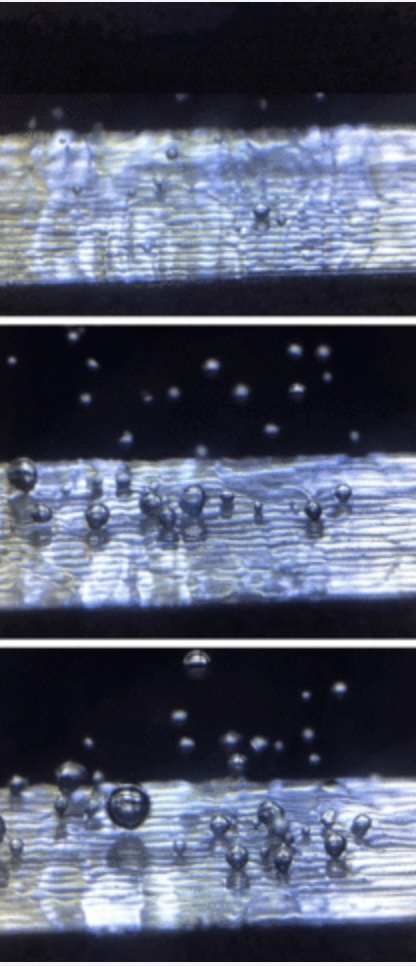3.07.2025

Southwest Research Institute (SwRI) and The University of Texas at San Antonio (UTSA) will receive a $500,000 award from NASA’s TechLeap Prize program to flight test novel electrolyzer technology designed to improve the production of propellants and life-support compounds on the Moon, Mars or near-Earth asteroids. The project, known as the Mars Atmospheric Reactor for Synthesis of Consumables (MARS-C), is led by SwRI’s Kevin Supak and Dr. Eugene Hoffman and UTSA’s Dr. Shrihari “Shri” Sankarasubramanian.
TechLeap prizes are designed to support future missions by advancing transformative solutions that address NASA’s technology shortfalls. The SwRI/UTSA group is one of nine winners funded to test their payloads on suborbital, hosted orbital or parabolic flights. The program aims to accelerate the technology testing timeline, allowing completion within a year of the award.
SwRI and UTSA will evaluate the performance of a patent-pending electrolyzer developed with NASA support by Sankarasubramanian, assistant professor in UTSA’s Department of Biomedical and Chemical Engineering, and his team. The device applies a voltage across two electrodes to drive the electrochemical conversion of a simulated Martian brine and carbon dioxide into methane and other hydrocarbons. This technology is designed to use local resources on the Moon or Mars to produce fuel, oxygen and other life support compounds needed for long-term human habitation.
The work builds on previous research conducted by SwRI, which involved studying boiling processes under partial gravity aboard parabolic flights. Designed to understand how liquids might behave on lunar or Martian surfaces, the research demonstrated that partial gravity affects surface bubble dynamics, which can affect gas production rates.
“In a partial gravity environment, like the Moon or Mars, a reduced buoyancy effect on gas bubbles in an electrolyzer poses challenges that aren’t present on Earth,” Supak said. “We lack an understanding about chemical processes that leverage bubble nucleation in low gravity, which is the gap we aim to fill.”
To address this, SwRI and UTSA will integrate the technology into an existing SwRI-built flight rig and test it aboard a parabolic flight, capitalizing on the Institute’s successful history testing technology in reduced gravity aircraft and suborbital spacecraft.
“We plan to acquire bubble nucleation and fluid motion videos in an operating electrolyzer during the parabolic flight,” Sankarasubramanian said. “Understanding these processes can help us improve the overall efficiency and performance of these electrolyzers.”
After the flight rig is complete, SwRI will conduct ground tests before the parabolic flight to establish operating procedures and ensure a successful demonstration. The flight is currently planned for 2026.
“Humans have an intrinsic drive to push the boundaries of what’s possible. Exploring space catalyzes technological advancements that have far-reaching benefits in our daily lives — often unanticipated innovations arise as a direct result of overcoming the unique challenges of space exploration,” Supak said. “Establishing permanent presences on other planetary bodies could pave the way for unprecedented scientific discoveries and technological breakthroughs.”
For more information, visit Fluid Physics for Space Applications or contact Joanna Quintanilla, +1 210 522 2073, Communications Department, Southwest Research Institute, PO Drawer 28510, San Antonio, TX 78228-0510.
Quelle: Southwest Research Institute
